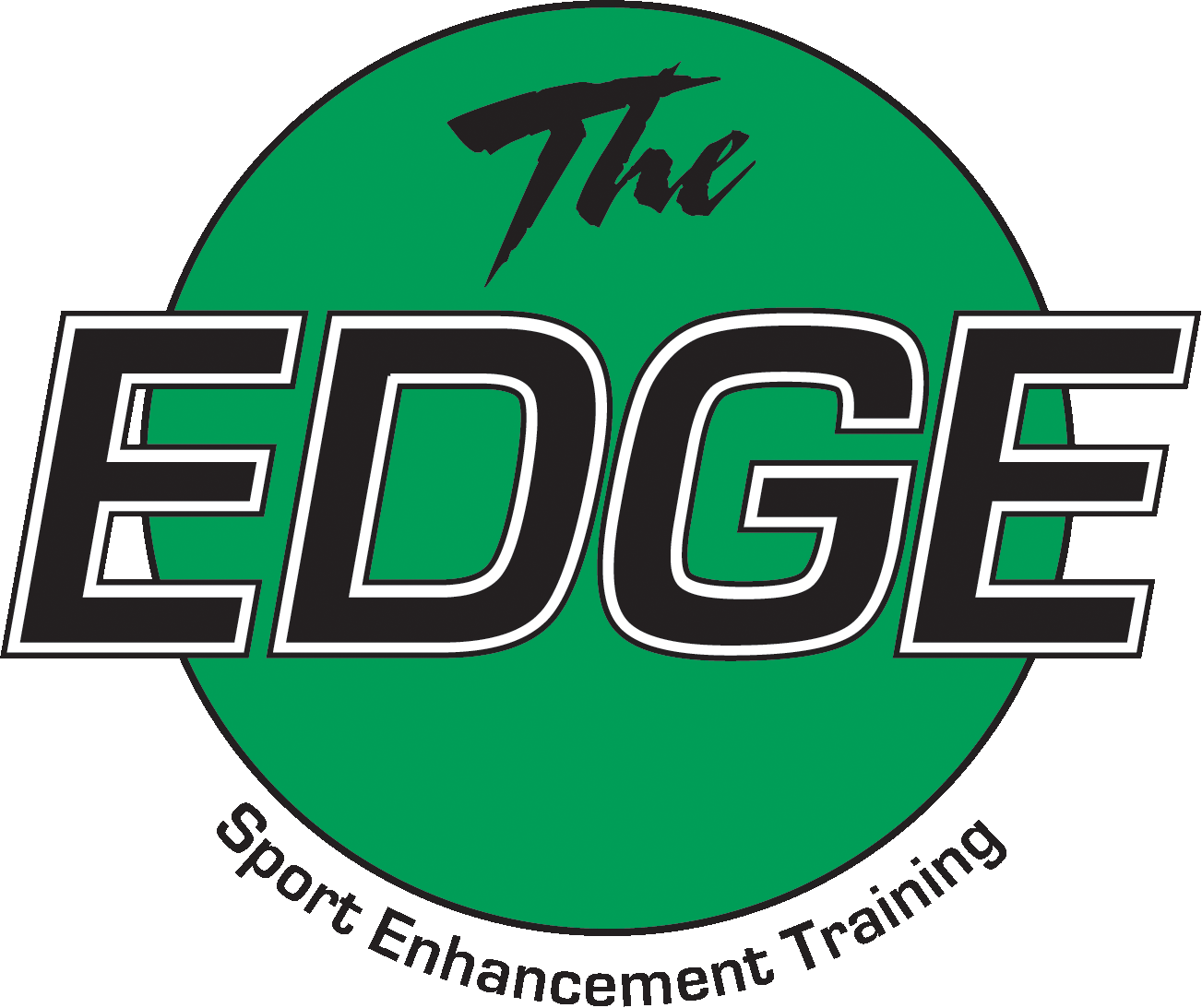Sleep Performance Strategies
For athletic individuals to achieve optimal performance, they must follow a systematic approach to training which focuses on obtaining a balance between stress, fatigue, and recovery.
Therefore, athletic individuals must consider strategies with the potential to promote recovery, thereby reducing the stress/fatigue state. One such strategy is sleep.
Despite the importance of sleep in optimizing recovery and performance, sleep as a recovery strategy is often inadequately addressed and/or overlooked by many individuals.
This is surprising as sleep is generally reported as the most prominent problem among individuals when asked to rank the main causes of fatigue and tiredness but also ranked first when asked about the aspects they thought were important causes of short-term fatigue.
Although sleep is recognized as an essential component of recovery from training and anecdotally reported to be the single most efficacious recovery strategy, assessment of sleep quality in athletic individuals reveals a substantial prevalence of poor sleep quality.
The following recommendations are the result of multiple rounds of consensus voting after a comprehensive review of published scientific studies on sleep and health. The expert panel included six sleep experts.
Sleep Quality Strategies
General Sleep Hygiene Strategies
- Turn your bedroom into a cave
- Lower your thermostat. Maintain a room temperature comfortable for sleeping (~64 Degrees F)
- Maintain a regular schedule of going to bed and waking up
- Unplug your electronics. Keep all electronics (phone, computer, TV, iPad, etc.) in another room. Having them in your bedroom keeps your brain active and can affect sleep
- If you cannot sleep within 15 min, get out of bed and try performing a mundane task
- Avoid coffee, alcohol, and nicotine in the hours before bed
- Avoid watching television, eating, working, or reading in bed
- Be conscious of food and fluid intake before bedtime
- Nap appropriately (30 min and not late in the afternoon.
The Power of Napping
While you can’t make up for lost sleep, taking a nap after an all-nighter or a night of tossing and turning can help clear your mind and improve creativity. Use these seven tips to get a better power nap:
- Limit your nap to 20 minutes or less. Longer naps tend to create sleep inertia (a period of lethargy, poor mood, and decreased alertness following the nap) and to reduce the effectiveness of evening sleeping, where the deeper stages of sleep occur.
- Avoid getting in bed. A comfortable bed will make it harder for you to limit your nap to the recommended 20 minutes, plus you may start to associate your bed with napping instead of sleeping at night.
- Don't worry if you don't fall asleep. Just closing your eyes and relaxing will be refreshing.
- Use the bathroom before you settle in. Sounds crazy, but it helps.
- Find a quiet dark place and close the door so you will not be disturbed.
- Set a timer or alarm so you don't stress about oversleeping.
- Listen to some quiet relaxing music to drown out the outside noise.
Travel or In-Flight Sleep Hygiene Strategies
- Adjust your watch to destination time zone as soon as you board
- Create a comfortable environment using pillows
- Eyeshades and earplugs should be used
- Avoid coffee, alcohol, and nicotine
- In-flight meals should be eaten on the destination schedule
- Maintain proper hydration
Sleep Duration Strategies
National Sleep Foundation Recommended Sleep Times:
| Age | Recommended | NOT Recommended |
|---|---|---|
| 6-13 years | 9-11 hours | Less than 7 hours OR More than 12 hours |
| 14-17 years | 8-10 hours | Less than 7 hours OR More than 11 hours |
| 18-25 years | 7-9 hours | Less than 6 hours OR More than 11 hours |
| 26-64 years | 7-9 hours | Less than 6 hours OR More than 10 hours |
| 65+ years | 7-8 hours | Less than 5 hours OR More than 9 hours |

